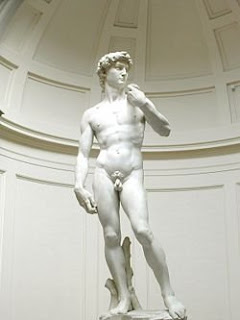

A delicious drink after dinner, before dinner, or for no reason at all. Limoncello is easy to make at home. You'll be surprised what you can accomplish with a few lemons, some vodka(or everclear), water, and a little sugar.
15-20 lemons
2 (750-ml) bottles 80-proof vodka or everclear. Buy cheap...not Grey Goose necessary!
4-6 cups water
2-4 cups sugar
2-4 cups sugar
Wash and dry the lemons. Only use the ones without blemished peels or pare off any spots and the stems, ends. Remove the peel from the lemons with a sharp peeler or fine grater, carefully avoiding the bitter white pith. If any white pith remains on the back of a strip of peel, scrape it off. If you get any of the white part in the batch, the limoncello will be bitter.
Put the peels in a glass jar(glass is key. Plastic jars leave a funny taste) and add the vodka and/or Everclear about two inches below the top and seal tightly. Leave the jar to steep in a cool, dark place until the peels lose their color, at least 2 weeks.
Put the water and sugar in a saucepan, stir and slowly boil until it turns clear. Let the syrup cool
Pour the Lemon & Vodka mix through a colander into the cooled sugar water. It will turn yellow. Let sit for 20-30 minutes.
Add to clean, hinged, resealable bottles and place in the freezer.

























